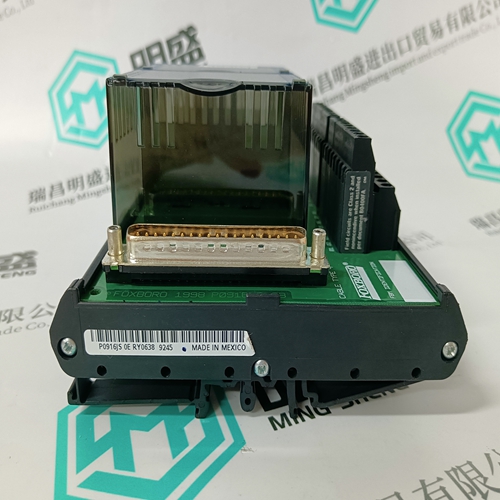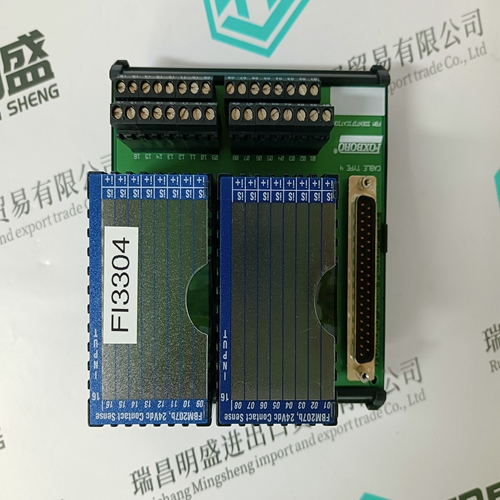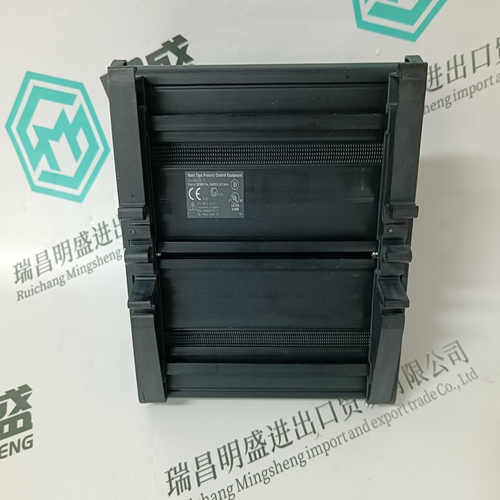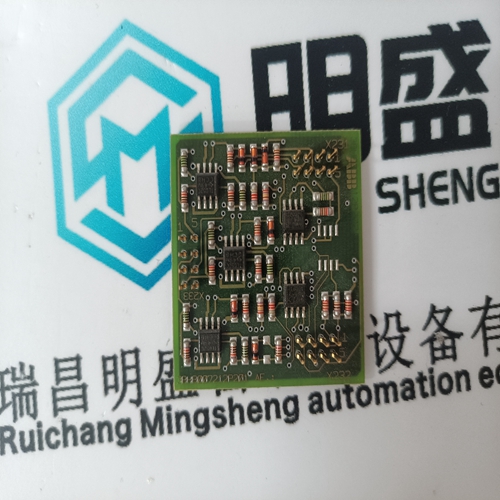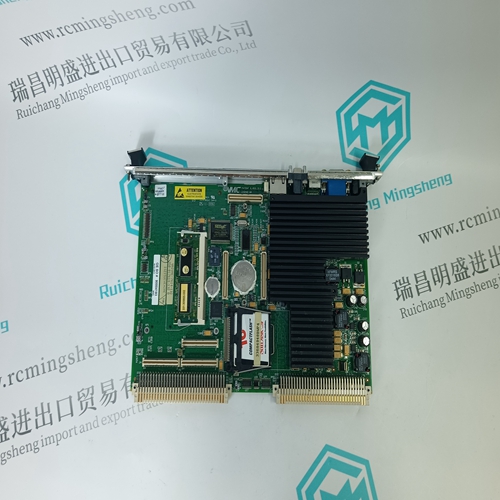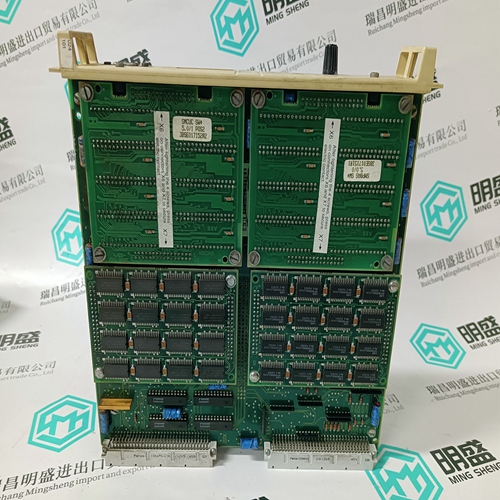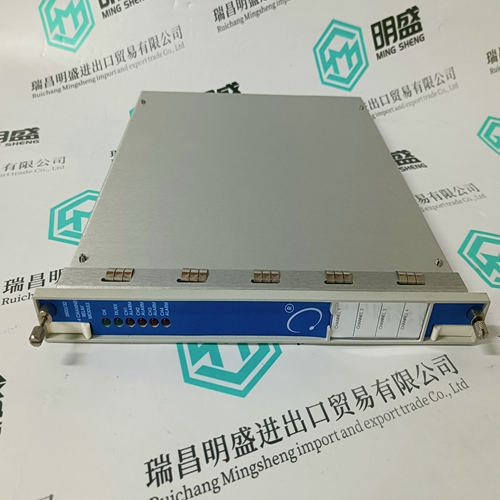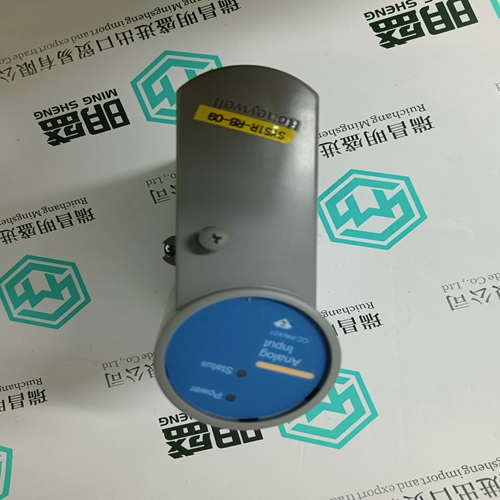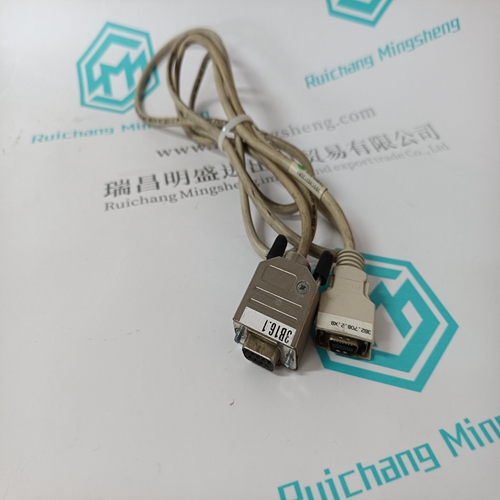Home > Product > DCS control system > P0916PH P0916JS module
P0916PH P0916JS module
- Product ID: P0916PH P0916JS
- Brand: FOXBORO
- Place of origin: The United States
- Goods status: new/used
- Delivery date: stock
- The quality assurance period: 365 days
- Phone/WhatsApp/WeChat:+86 15270269218
- Email:stodcdcs@gmail.com
- Tags:P0916PH P0916JSmodule
- Get the latest price:Click to consult
The main products
Spare parts spare parts, the DCS control system of PLC system and the robot system spare parts,
Brand advantage: Allen Bradley, BentlyNevada, ABB, Emerson Ovation, Honeywell DCS, Rockwell ICS Triplex, FOXBORO, Schneider PLC, GE Fanuc, Motorola, HIMA, TRICONEX, Prosoft etc. Various kinds of imported industrial parts
P0916PH P0916JS module
el The local operator interface for setpoint entry and monitoring of measured values is through the front panel as shown in the figure below. Control keys are used to select the appropriate message for entering setpoints or displaying measured values. Alarm and status messages are automatically displayed when required. Indicator LEDs provide important status information at all times. An RS232 communications port is also available for uploading or downloading information to the PQMII. 3.1.2 Display All messages are displayed in English on the 40-character liquid crystal display. This display is visible under varied lighting conditions. When the keypad and display are not actively being used, the screen displays a default status message. This message appears if no key has been pressed for the time programmed in the S1 PQMII SETUP Ö PREFERENCES Ö DEFAULT MESSAGE TIME setpoint. Note that alarm condition messages automatically override the default messages.Description The LED status indicators provide a quick indication of the overall status of the PQMII. These indicators illuminate if an alarm is present, if setpoint access is enabled, if the PQMII is in simulation mode, or if there is a problem with the PQMII itself.
Communicate
The Communicate LED indicators monitor the status of the RS485 communication ports. When no serial data is being received through the rear serial ports terminals, the RX1/2 LED indicators are off. This situation occurs if there is no connection, the serial wires become disconnected, or the master computer is inactive. If there is activity on the serial port but the PQMII is not receiving valid messages for its internally programmed address, the TX1/2 LED indicators remain off. This condition can be caused by incorrect message formats (such as baud rate or framing), reversed polarity of the two RS485 twisted-pair connections, or the master not sending the currently programmed PQMII address. If the PQMII is being periodically addressed with a valid message, the RX1/2 LED indicator will turn on followed by the TX1/2 LED indicator. • TX1: The PQMII is transmitting information via the COM1 RS485 communications port when lit. • RX1: The PQMII is receiving information via the COM1 RS485 communications port when lit.
Status • Alarm: When an alarm condition exists, the Alarm LED indicator will flash. • Program: The Program LED indicator is on when setpoint access is enabled. • Simulation: The Simulation LED indicator will be on when the PQMII is using simulated values for current, voltage, analog input, switches and analog outputs. While in simulation mode, the PQMII will ignore the measured parameters detected at its inputs and will use the simulated values stored in the S5 TESTING ÖØ SIMULATION setpoints group. • Self-Test: Any abnormal condition detected during PQMII self-monitoring, such as a hardware failure, causes the Self Test LED indicator to be on. Loss of control power to the PQMII also causes the Self Test LED indicator to turn on, indicating that no metering is present.
